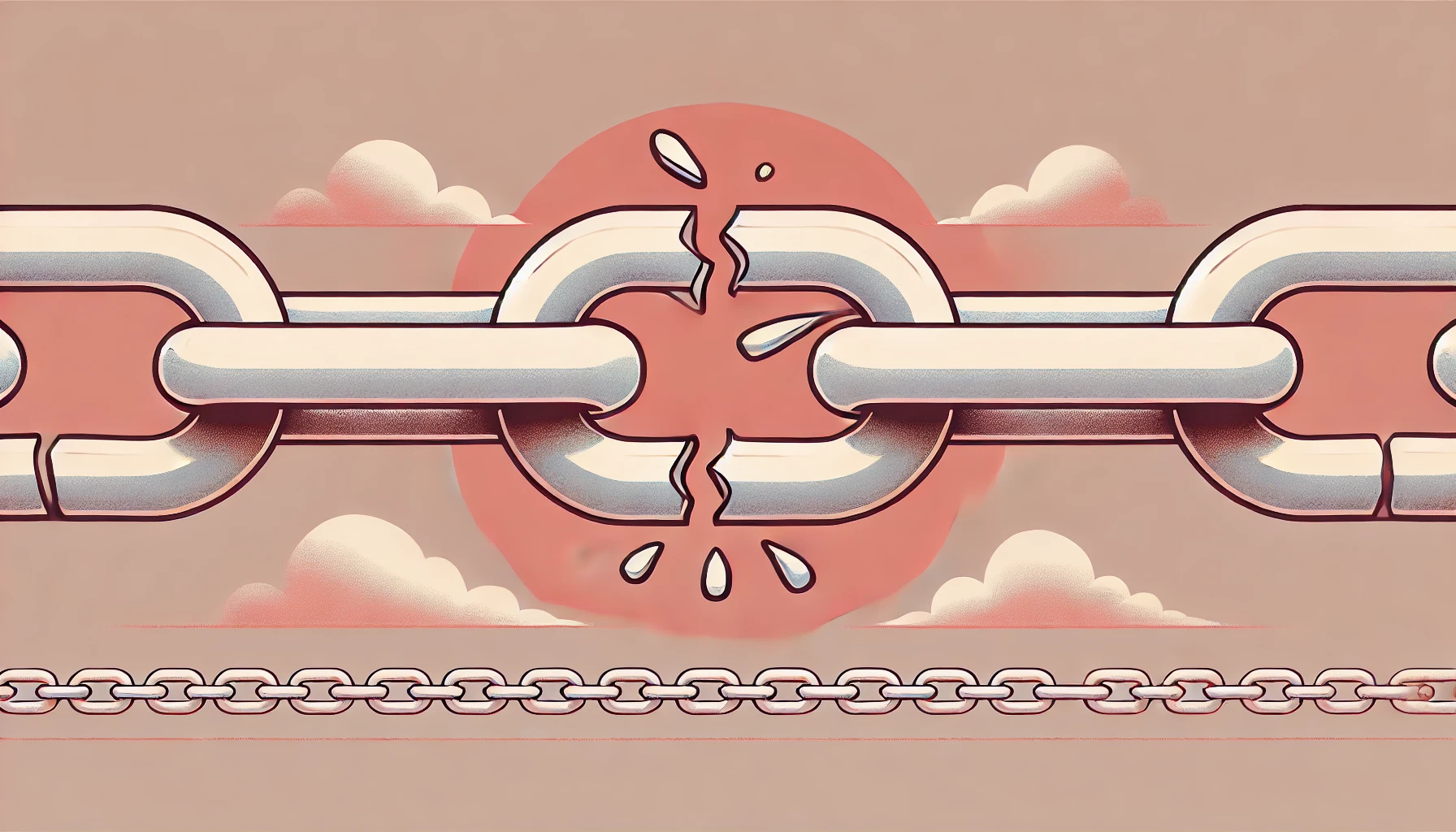In Part 4 of “The Five Dysfunctions of a Team,” we continue the fable of Kathryn and her team at DecisionTech.
After identifying the team’s major dysfunctions and working through them, this part of the story shifts to a more practical phase: gaining traction.
Kathryn’s team has moved past the theoretical and into the nitty-gritty of implementing real changes.
This is where the rubber meets the road, and the lessons here are valuable for any team leader or manager looking to push their team to the next level.

The Transition to Traction
As the section titled “Traction” begins, we see Kathryn once again leading her team in an off-site meeting.
Although the atmosphere is different, the challenges remain the same: how to turn insight into action.
The key here is that Kathryn is not just giving pep talks—she’s engaging her team in reflection, asking them to reassess where they stand and what still needs to be done.
This is an important lesson for any leader: progress isn’t just about moving forward, but also about taking the time to evaluate your current position and recalibrate if necessary.
One of the standout moments in this part of the book is the team’s reflection on their trust levels.
Trust had been a major issue in the earlier sections, and now, after months of work, Jeff acknowledges that they trust each other more than they did a month ago.
This small, yet significant, admission shows that trust isn’t built overnight, but through consistent effort and progress. Leaders should remember that building trust is a gradual process, but when it begins to take hold, it lays the foundation for deeper collaboration.

Gut Checks and Hard Decisions
Later in this section, the team faces a critical decision that acts as a gut check for their commitment. A company they once considered buying, Green Banana, suddenly offers to buy them out. This unexpected offer tests the team’s resolve.
The key lesson here is that every team, at some point, will face a moment that tests their dedication. Whether it’s a tempting offer or a major challenge, these moments force teams to evaluate their priorities and make tough choices.
The team debates the offer seriously, weighing the financial implications against their passion for making DecisionTech a success.
Ultimately, they reject the offer, choosing to stay the course and continue building the company. This is a powerful reminder that while short-term gains can be attractive, long-term vision and commitment to the team’s mission are often more rewarding.
Kathryn guides her team through this process, reinforcing the importance of alignment around shared goals.

Maintaining Momentum
After rejecting the buyout offer, Kathryn’s team doesn’t rest on their laurels. Instead, they double down on their efforts, continuing to address their dysfunctions and strengthen their teamwork.
Kathryn wisely restructures the team to accommodate the company’s growth, showing that leadership is about adapting to new realities and making necessary changes to keep the momentum going.
The restructuring includes moving Jeff, a key leader, to report to Nick, the new COO.
This decision underscores the theme of trust and selflessness that runs throughout the book. Jeff, who could have resisted the change due to his status as a founder and board member, willingly steps down from reporting directly to Kathryn.
This act of humility and commitment to the team’s success is a powerful example of how real leadership isn’t about titles, but about doing what’s best for the team.
This is a lesson that resonates with the philosophy behind tools like Teamly, which encourages leaders to empower their teams through collaboration and trust, rather than relying on rigid hierarchies.
Just as Kathryn encourages her team to constantly reassess and adapt, Teamly helps businesses manage teams in a flexible, responsive way, ensuring that everyone stays aligned and focused on the bigger picture.

The Long March to Success
As the team continues to work through their dysfunctions, DecisionTech starts to see real progress. Over the course of the next year, the company dramatically improves its sales and meets revenue goals in three out of four quarters.
This sustained success highlights the importance of persistence and discipline. Change doesn’t happen overnight, but with consistent effort, even the most dysfunctional teams can turn things around.
One of the key takeaways from this part of the story is that leadership isn’t just about fixing problems in the short term.
It’s about guiding a team through continuous improvement and making adjustments as necessary. Kathryn’s decision to restructure her team is a perfect example of this.
Even as the team achieves success, she recognizes that they need to keep evolving to handle the company’s growth.

The fable of DecisionTech is a powerful reminder that team success is built on a foundation of trust, commitment, and the willingness to adapt.
Part 4 of “The Five Dysfunctions of a Team” drives home the importance of maintaining momentum and making the hard choices that ultimately lead to long-term success.
For leaders and managers looking to build stronger teams, this book is an invaluable resource.
Ready to learn more? Get your copy of “The Five Dysfunctions of a Team” and start transforming your team today!























































